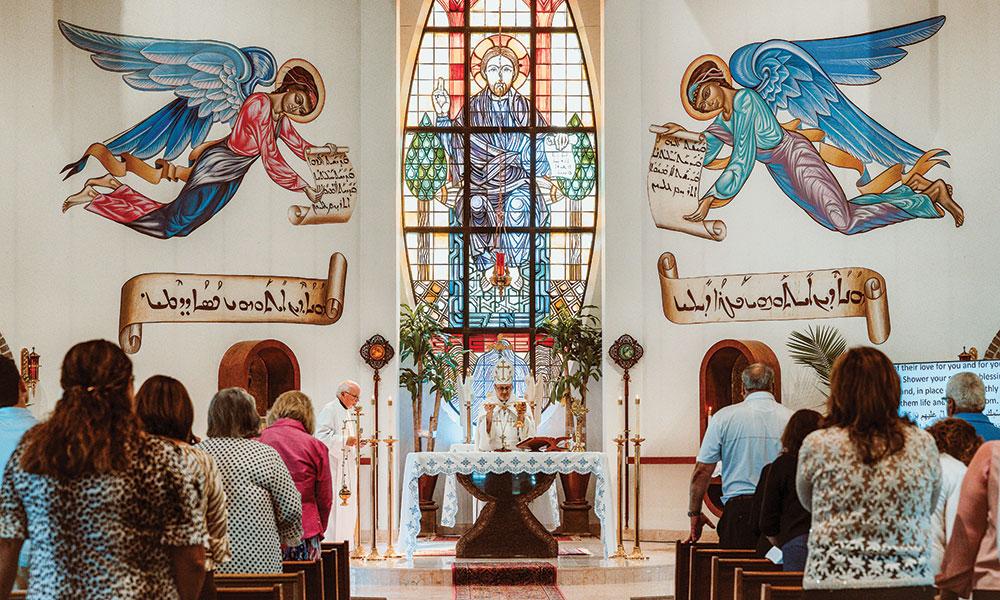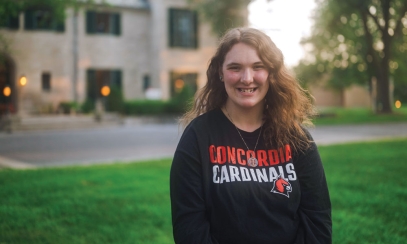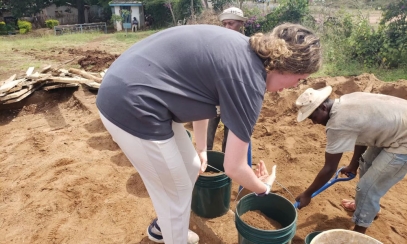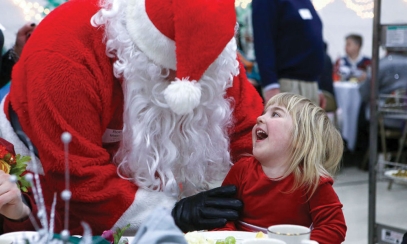
Maronites Contribute to ‘Catholic Mosaic’ Within Diocese of Lansing
July is the month when Maronite Catholics celebrate the feast day of one of their most significant heavenly patrons, St. Charbel Makhlouf, the 19th “Miracle Monk of Lebanon.” The Maronite Church is one of 23 Eastern churches in full communion with the Bishop of Rome. There is one Maronite parish in the Diocese of Lansing, Our Lady of Lebanon in Flint. FAITH Magazine’s Kathryn Hermes went to meet the parishioners as they prepare for July’s big festivities.
July is the month when Maronite Catholics celebrate the feast day of one of their most significant heavenly patrons, St. Charbel Makhlouf, the 19th “Miracle Monk of Lebanon.” The Maronite Church is one of 23 Eastern churches in full communion with the Bishop of Rome. There is one Maronite parish in the Diocese of Lansing, Our Lady of Lebanon in Flint. FAITH Magazine’s Kathryn Hermes went to meet the parishioners as they prepare for July’s big festivities.
The only Catholic rite named for a saint, Maronites originate in Lebanon and now celebrate their Catholic faith throughout the world, including in the Diocese of Lansing.
“We are a traditional church, preserving the old rites,” says Father Pierre Bassil, who has been the pastor at Our Lady of Lebanon Maronite Catholic Church in Flint for the past decade.
The Maronite rite goes back to St. Maron, a hermit-priest and mystic of the fourth and fifth centuries. His particular method of worship was adopted by many in Lebanon after his death in 410 AD. Thus began the Maronite Church.
Seventeen centuries later and the Parish of Our Lady of Lebanon in Flint is composed of approximately 200 families. It is one of only four Maronite churches in Michigan.
Maronites are Catholic and in full communion with Rome. “Our tradition is deep and rich and rooted in the Gospel,” Father Bassil says.
So what makes them different?
One key difference is the language, says Huda Marcus, whose family has been worshiping at Our Lady of Lebanon since moving to Michigan in 2012.
Contrasted with the Latin, Greek and English used by most Latin rite Catholic parishes in the United States, Maronites chant Syriac, a dialect of the Aramaic spoken by Jesus. Although readings are proclaimed in English, they are repeated in Arabic.
“I do understand English, but [the liturgy] touches me more deeply when it is in my mother language,” Marcus says.
Another difference is found within the English language. “We have different words for the same things,” Father Bassil explains. “Instead of Mass, we say liturgy. And the pope we call our patriarch! The sacraments are called mysteries, and instead of diocese, we say eparchy.”
Although geographically located within the Diocese of Lansing, Our Lady of Lebanon is part of the Eparchy of St. Louis, Missouri. This is one of two Maronite eparchies in the United States. The other is the Maronite Eparchy of St. Maron, Brooklyn, New York, although their bishop actually originates from Flint.
“My vocation was started when this parish [of Our Lady of Lebanon] was started,” says Bishop Gregory Mansour, who is back making a visit to his home city.
Bishop Mansour was a young teenager when the parish began in 1976, and he was involved with the first youth group, he says. Although he fell away from the practice of the faith in college, he eventually returned to God. “Or rather, God found me!,” he says. “I never thought I’d be a bishop, but God has a sense of humor!”
It’s not just Bishop Mansour who is grateful for the Maronite presence in Flint; the sentiment is echoed by many.
“It feels like home,” says Anthony Dawood. His parents and twin brother readily agree. “This is our home, we have to be here,” says Thair Dawood, Anthony’s father.
“It’s very important to me that I raise my children in the Maronite faith, surrounded by their culture,” says Tamara El-Khoury, who drives 45 minutes from East Lansing with her two daughters.
“It’s not just about the Mass, which is beautifully chanted in Syriac and Arabic, but also about the community, the culture, the food, the language. It is worth the drive and something we prioritize.”
In Flint, they will share the beauty of this heritage through a festival this mid-July. “We want to share our faith, culture and tradition with the community,” says Father Bassil. Flint Maronites are planning their festivities with this purpose in mind, culminating with the feast of St. Charbel.
One of the great heroes of the Maronite Church, St. Charbel, who died in 1898, is known as the “Miracle Monk of Lebanon” due to numerous miracles attributed to his intercession. While the Roman liturgical calendar celebrates St. Charbel on July 23, the Maronite calendar lists his feast on July 16. Thus, Our Lady of Lebanon Mid-East Festival takes place July 14-16. They will honor St. Charbel as well as their heritage with homemade Middle Eastern cuisine, traditional dance performances, live music and fireworks, says Jason Klanseck, festival chairman.
Regardless of community participation in their festival, Father Bassil and others emphasize their desire to share their faith with others. Divine liturgy is celebrated each Sunday at 10 a.m. in Flint, and all are welcome to participate, regardless of their faith or familiarity with the culture, Father Bassil says. “We are part of the Catholic mosaic; put all the pieces together to make a picture of Christ,” he says. "We all have something to learn from each other to deepen our faith.”



